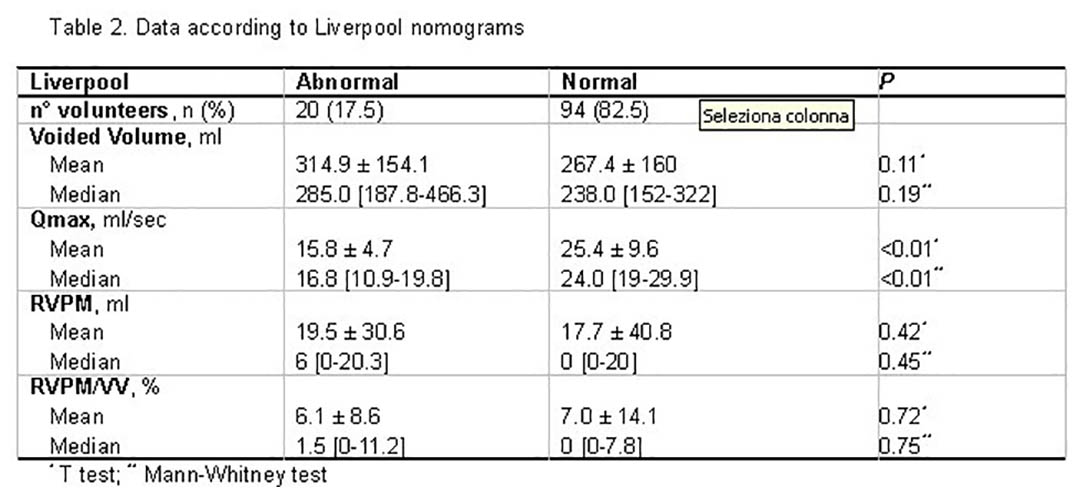
The choice of UTI antibiotic should include consideration of efficacy, collateral effects, and side effects. In postmenopausal women with frequent UTI, the diagnosis of acute UTI should be made using a combination of the symptom assessment and urine diagnostic studies. The recently discovered urobiome is now known to have different compositions in both healthy and unhealthy bladders, including a role in the pathophysiology of rUTI, and may be a therapeutic target for prevention and treatment options for rUTI. Menopause predisposes women to rUTI, as normally lower levels of estrogen lead to changes in the urogenital epithelium and subsequently urogenital microbiome. Photos courtesty of Old Port of Montréal © Tourisme Montréal, Stéphan Poulin.Urinary tract infections (UTI) are one of the most common infections and affect up to 50% of women in their lifetime, with almost half of these women experiencing a recurrence in 6–12 months. © 2023 New England Section of the American Urological Association. Gormley EA, Diagnosis and treatment of overactive bladder (non-neurogenic) in adults: AUA/SUFU guideline., et al American Urological Association Society of Urodynamics, Female Pelvic Medicine & Urogenital Reconstruction. Economic costs of overactive bladder in the United States. Additionally more research is needed to explore the relationship of diagnostic testing to management outcomes. Further research is needed to identify how much of this diagnostic testing is inappropriate in order to decrease healthcare costs. Interestingly, the rates of diagnostic testing did not appear to change significantly after the publication of the AUA OAB guidelines. There is significant regional variation in the work up of OAB. Rates of additional procedures were typically highest in the southeast for both years. By 2014, following the widespread dissemination of the AUA guidelines, the lowest rate was identified in Rapid City, SD (0.304) and the highest again in Fort Myers, FL (2.37). In 2011 the lowest rate was identified in Minot, ND (0.260) and the highest in Fort Myers, FL (2.036). Comparing HRRs to the national rate, use of diagnostic procedures demonstrated almost 8-fold variation even after controlling for age and race for both years (Figure 1, 2). The national average rate for potentially unnecessary diagnostic procedures performed on patients with OAB was 41% (163,919/399,004) in 2011, and only slightly decreased to 38.2% (169,706/443,512) in 2014.
POST VOID RESIDUAL ICD 9 CODE
We excluded those beneficiaries who had a CPT code for a third line treatment of OAB. Rates of diagnostic tests within HRR were compared to the national average adjusted by age and race. The sample includes patients seen by any provider who makes the diagnosis of OAB.

POST VOID RESIDUAL ICD 9 GENERATOR
Using the Dartmouth Institute’s Atlas Rate Generator exploring a 100% Medicare claims data sample, we identified females with a diagnosis of OAB by ICD-9 codes within 306 hospital referral regions (HRR). 2 The purpose of this study is to determine rates of potentially unnecessary diagnostic testing in patients carrying an OAB diagnosis before and after the OAB guidelines publication. Further, additional work-up including post-void residual, urodynamics, cytology, and cystoscopy are not necessary in the otherwise uncomplicated patient. Per the guidelines, OAB is a clinical diagnosis requiring only a careful history, physical exam, and urinalysis. 1 The American Urology Association (AUA) released the non-neurogenic OAB guideline in 2012 and amended the treatment section in 2014 in order to guide the diagnosis and management of this costly ailment. Overactive bladder (OAB) remains a common urologic ailment with direct healthcare costs now exceeding billions annually. Title: Regional Variation in Diagnostic Testing for Overactive Bladder in the Female Medicare Population Dartmouth Hitchcock Medical Center, Lebanon, NH, USA. Regional Variation in Diagnostic Testing for Overactive Bladder in the Female Medicare PopulationĪnnah J.


 0 kommentar(er)
0 kommentar(er)
